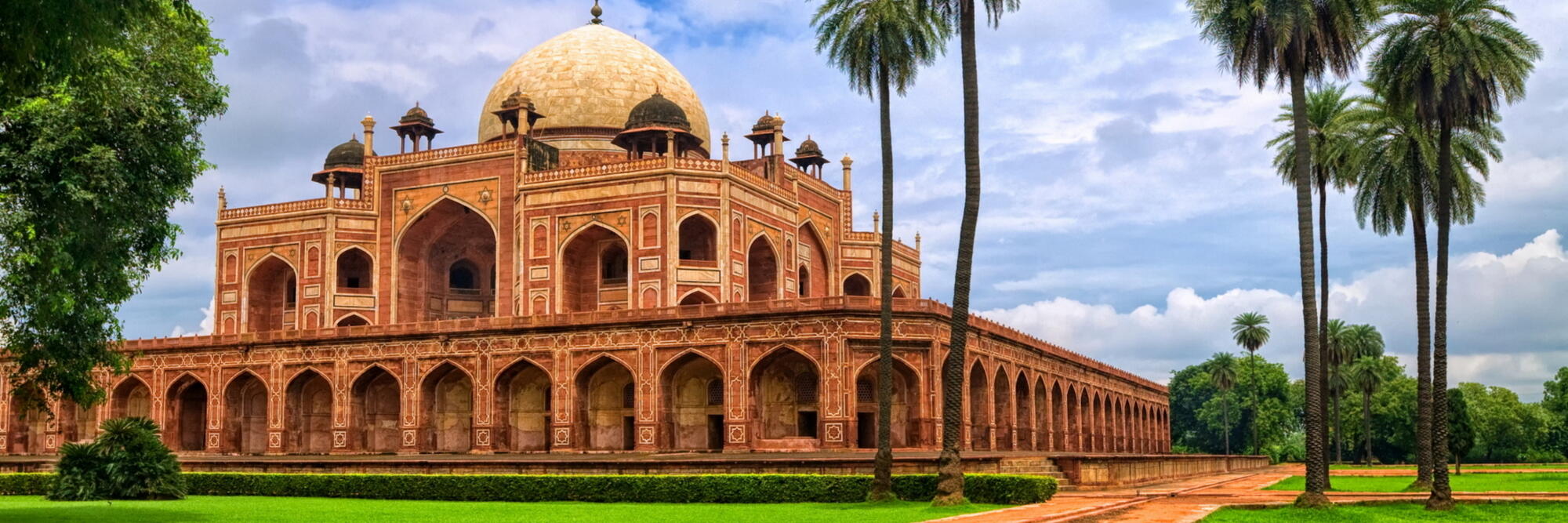- Download our Delhi Schools Guide
The climate of Delhi is a fascinating blend of humid subtropical and semi-arid characteristics, and you will experience a stark contrast between the scorching summers and the relatively mild winters. During the long summer months, starting in early April, temperatures in Delhi soar, often exceeding 100°F (38°C) by late May. The heat peaks in May and June, where daytime temperatures frequently reach 113°F (45°C) or higher. The intense heat is made more oppressive by the hot, dry continental winds known as the ‘loo’, which blow in from the west, carrying dust and raising the temperature even further.
Winter weather in Delhi arrives by November. While Delhi’s winters are generally mild, with average temperatures ranging from 43°F (6°C) to 73°F (23°C) in January, the city’s proximity to the Himalayas can lead to sudden cold spells. These cold waves can make the air feel much colder, especially when combined with wind chill. Winter also brings heavy fog and haze, particularly in December and January, which often disrupts air, road and rail travel due to severely reduced visibility.
The rainy season in Delhi typically begins in late June or early July and continues until the end of September. During this time, the monsoon rains deliver the majority of the city’s annual rainfall, averaging about 32 inches (797mm). Temperatures during the monsoon hover around 84°F (29°C) but can fluctuate significantly, ranging from 77°F (25°C) on cooler, rainy days to 104°F (40°C) during drier spells. The humidity during the monsoon season is high, making the air feel even warmer and contributing to the city’s lush but challenging climate.
